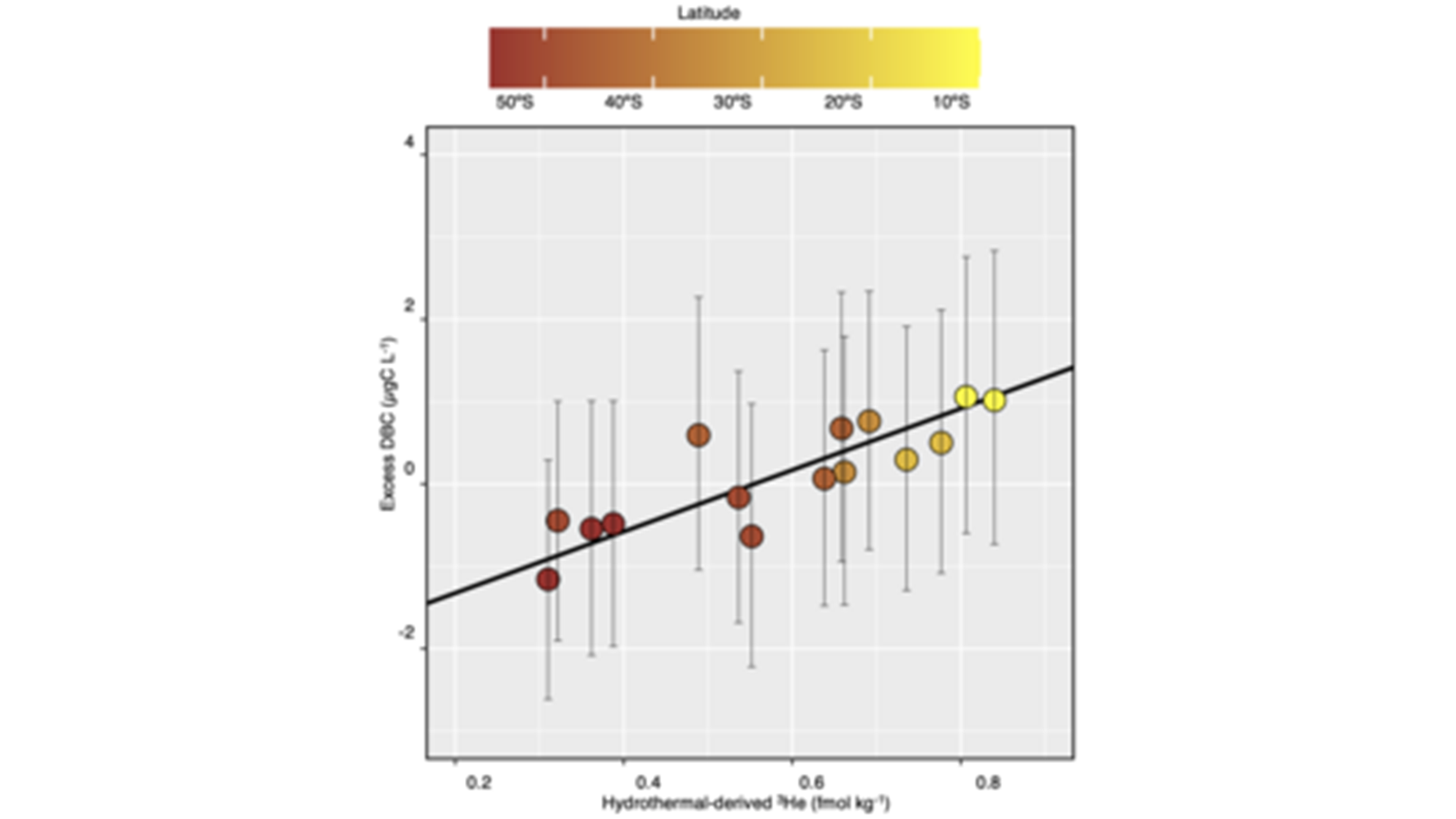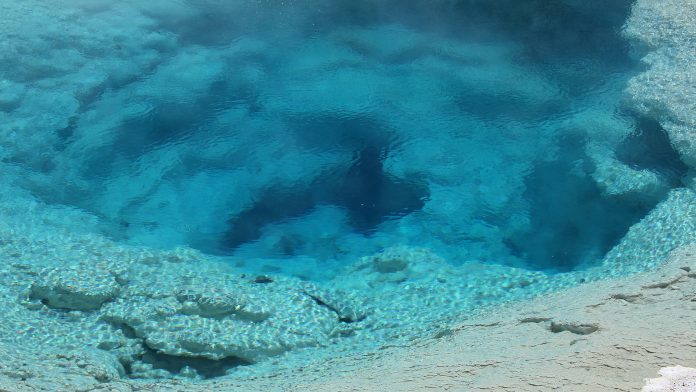A new Hokkaido University investigation has discovered that hydrothermal vents are potentially a major contributor to deep-sea black carbon.
The study found that hydrothermal vents in the ocean produce significant amounts of black carbon, and this type of fine particulate matter can be carried thousands of kilometres away, putting the environment and human health in jeopardy.
This first conclusive evidence that hydrothermal vents are a source of dissolved black carbon in the deep ocean may help to enhance our knowledge about the role of oceans as carbon sinks and form strategies to mitigate the impacts of black carbon.
The study, ‘Hydrothermal-derived black carbon as a source of recalcitrant dissolved organic carbon in the ocean,’ is published in Science Advances.
What is black carbon, and why is it harmful to the environment?
The Center for Climate and Energy Solutions states that black carbon is one of the most significant contributors to climate change, with only CO2 emissions having a more powerful effect on rising global temperatures.
Black carbon can be produced naturally and by humans – such as in the incomplete combustion of fossil fuels, biofuels, and biomass. Emissions from diesel engines, burning wood, cooking stoves, and forest fires are the predominant sources of black carbon.
Although black carbon only remains in the atmosphere for a few weeks – whereas the atmospheric lifetime of CO2 spans decades before stabilising – black carbon can severely affect human health. Inhaling black carbon can cause respiratory and cardiovascular disease, congenital disabilities, and cancer.
The ocean’s role as a carbon sink
A carbon sink is anything that absorbs more carbon from the atmosphere than it releases. Although the ocean is believed to be one of the largest carbon sinks globally, the processes in which it facilitates this process are not fully understood.
There are even plans to employ the ocean to sequester carbon to mitigate carbon emissions. However, the new findings suggest the carbon sink capabilities of oceans are more complex than initially believed.
Hydrothermal vents are a major source of black carbon
For their study, the research team examined the distribution of dissolved black carbon (DBC) in the ocean basins of the North Pacific Ocean and Eastern South Pacific Ocean.
Hiroshi Ogawa of the University of Tokyo explained: “One of the largest carbon pools on the Earth’s surface is the dissolved organic carbon in the ocean. We were interested in a portion of this pool, known as DBC, which cannot be utilised by organisms. The source of DBC in the deep sea was unknown, although hydrothermal vents were suspected to be involved.”
The team compared their results with previously reported concentrations of a helium isotope associated with emissions from hydrothermal vents and oxygen utilisation in those areas.
Their findings confirmed that hydrothermal vents are a significant source of DBC in the Pacific Ocean. The DBC is thought to be created via the mixing of hot fluids from hydrothermal vents with cold seawater. The DBC is then transported for thousands of kilometres.

Youhei Yamashita, an Associate Professor at Hokkaido University, believes that the ocean may be one of the largest emitters of DBC worldwide.
He concluded: “Our research indicates that the DBC from hydrothermal vents is an important source of dissolved organic carbon in the deep ocean. In terms of DBC inputs to the ocean, hydrothermal vents may contribute up to half as much DBC as that which is formed by biomass burning or fossil fuel combustion and subsequently transported via rivers or atmospheric deposition.”





